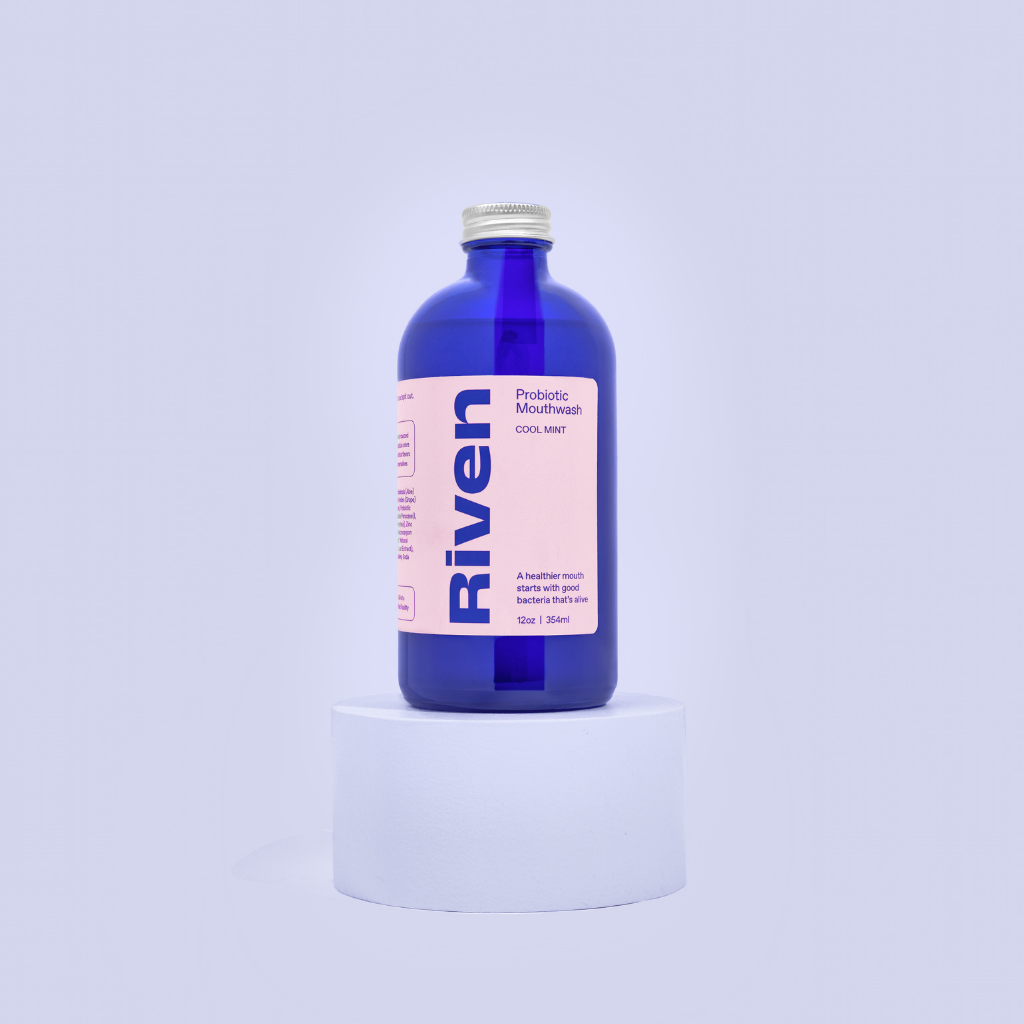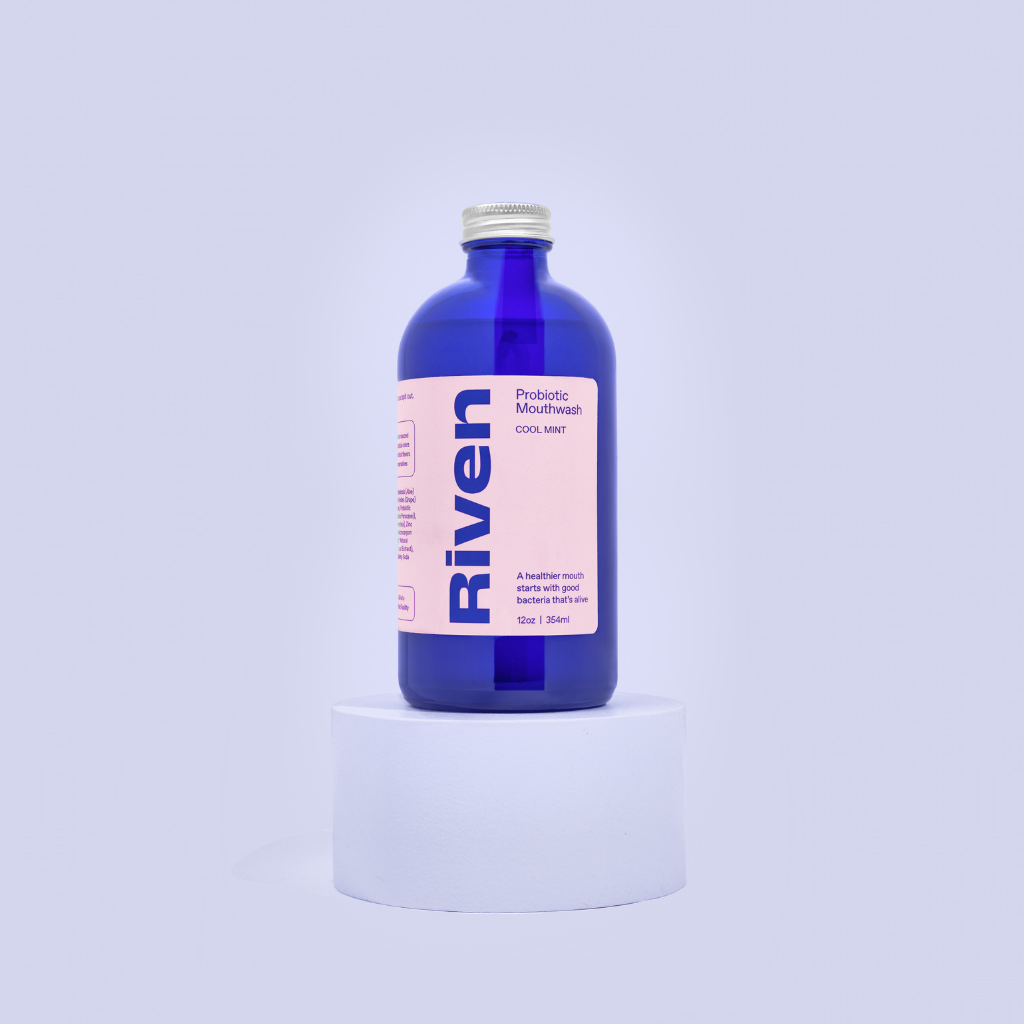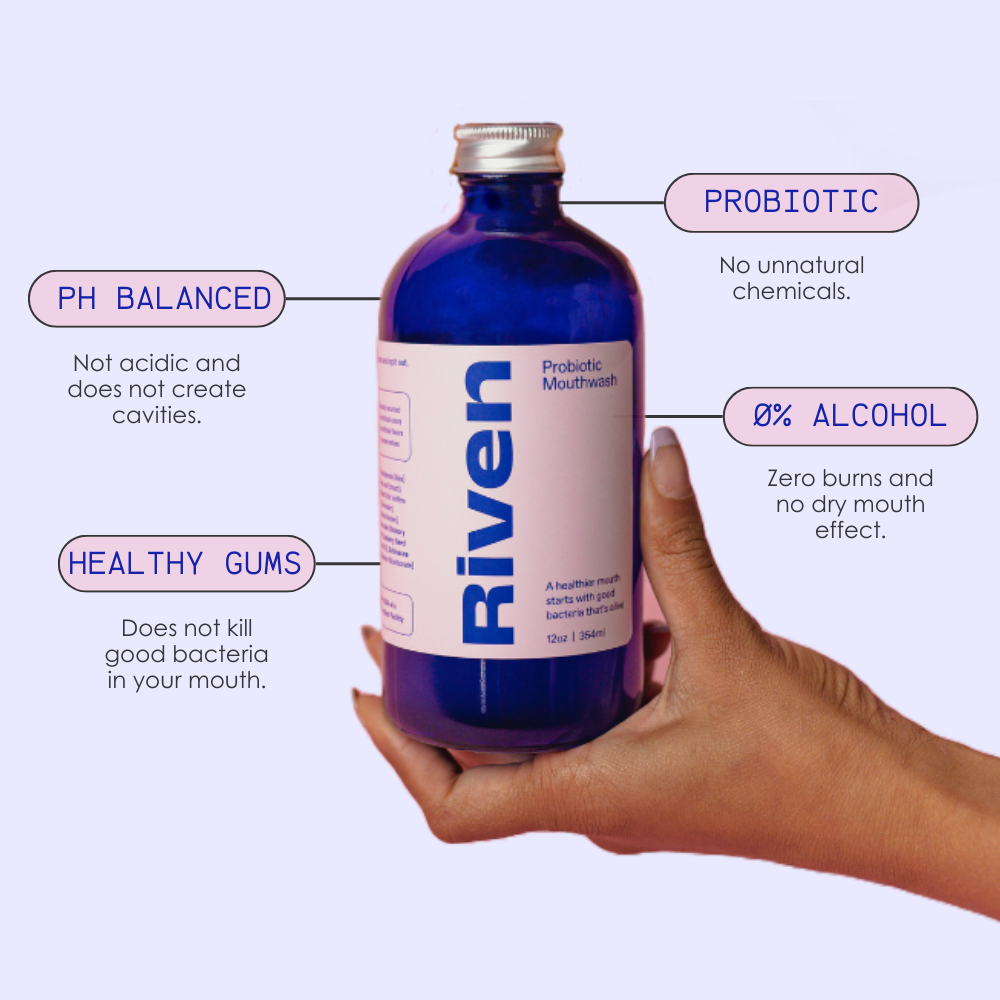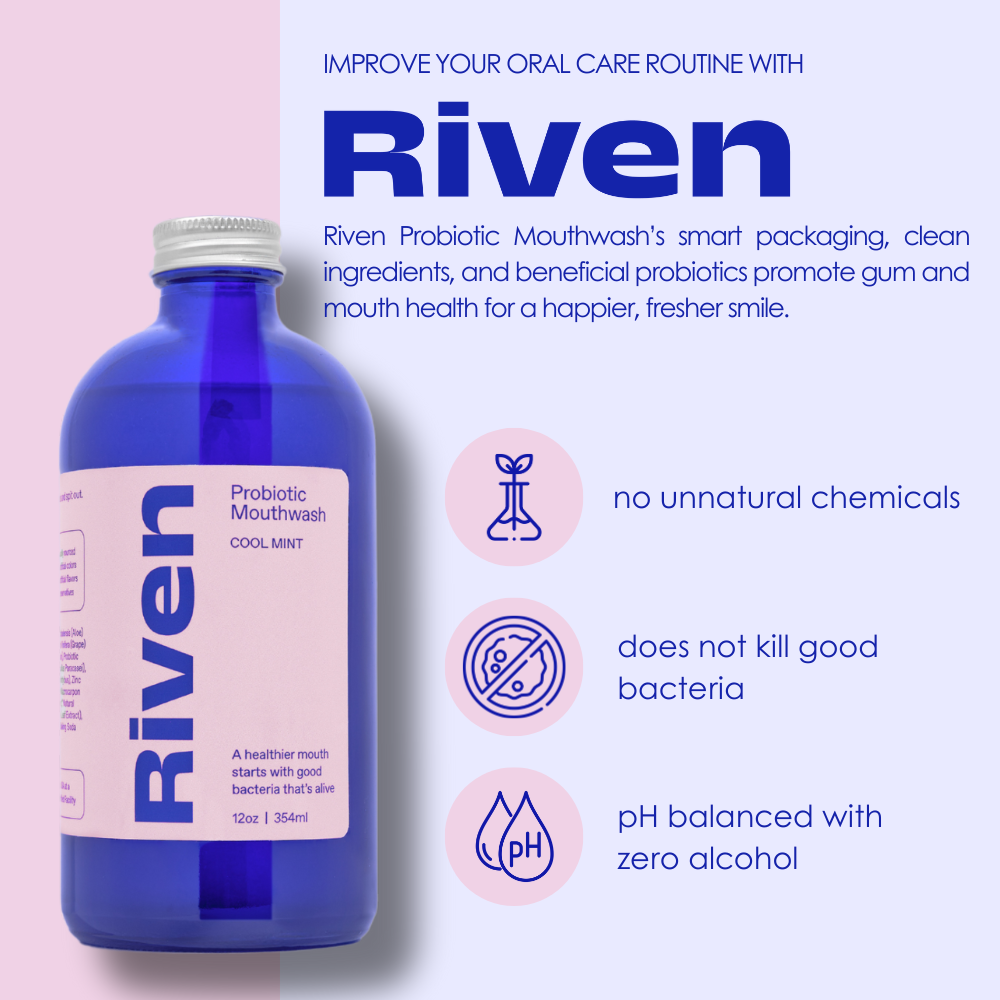Are you unhappy with the color, spacing, shape, or size of your teeth? Dental veneers could be the perfect solution for you. In this guide, we'll discuss what veneers are, explore the differences between composite and porcelain veneers, discuss their costs, and how long they last. With this information at hand, you can make an informed decision to enhance your smile.
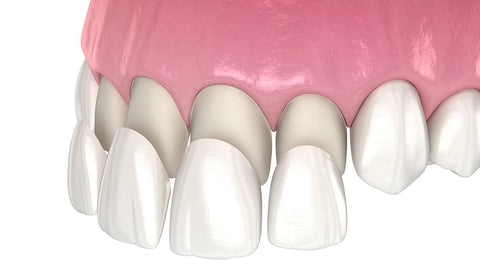
What Are Dental Veneers?
Dental veneers are thin shells of lab-fabricated material—either composite or porcelain—that adhere to your natural teeth to improve aesthetics. These veneers are tailor-made to suit your dental structure and are highly effective in transforming your smile. Whether it's teeth discoloration, misalignment, or gaps that bother you, veneers offer a quick and durable solution.
Types of Veneers
Direct Composite Veneers
Material: Composite resin
Procedure: Can be completed in a single visit. The dentist will use composite resin and bond it to your tooth and shape and design it themselves to meet your aesthetic goals.
Strength: Less durable, prone to fractures and staining. However, if fractured, the dentist can repair easily chairside by adding more composite.
Natural Appearance: Lacks translucency and stains faster
Cost: Generally cheaper, ranging from $250-1500 per tooth.
Indirect Composite Veneers
Material: Lab-fabricated composite
Procedure: Involves multiple visits and may require enamel removal. In the initial visit, the dentist may decide to remove a thin amount of enamel, take an impression for the lab, have the lab process the composite veneer and bring the patient back to bond the veneer.
Strength: More durable than direct composite but less than porcelain.
Natural Appearance: Better shade match and translucency compared to direct composite.
Cost: Higher due to lab fees, can also range from $250-1500 per tooth.
Porcelain Veneers
Material: Porcelain
Procedure: Multiple visits, similar to indirect composite and requires a skilled lab tech to create an exceptional, natural porcelain veneer
Strength: Highly durable and stain-resistant.
Natural Appearance: Best in class, mimics the light-reflecting properties of natural teeth.
Cost: Ranges from $1,000-2,500 per tooth.
Composite vs Porcelain Veneers: Key Differences
Material and Cost: Composite veneers are generally less expensive but are more prone to fractures and staining. They may not be the best option if your teeth are naturally dark or have tetracycline stains. On the other hand, porcelain veneers offer superior strength, longevity, and natural appearance but come at a higher cost.
Aesthetic Goals
Porcelain veneers are the gold standard if you're aiming for cosmetic perfection due to their natural appearance and durability. Composite veneers, although effective, may not provide the same level of translucency and shade match, especially in the case of direct composite veneers.
Cost of Veneers
The cost of veneers varies depending on several factors:
- Type of Veneer: Direct or indirect, with indirect generally costing more.
- Lab Fees: For indirect veneers, higher lab fees will reflect on the overall cost.
- Location: Practices in higher-priced markets will typically charge more.
For those concerned about the expense, dental schools offer supervised, lower-cost options, although the process will take longer.
How Long Do Veneers Last?
Longevity Factors: The longevity of your veneers largely depends on your oral hygiene and lifestyle habits. Factors such as drinking through a straw, avoiding hard foods, and not smoking can extend the lifespan of your veneers.
- Direct Composite Veneers: 5-7 years
- Indirect Composite Veneers: 7-10 years
- Porcelain Veneers: Up to 15-20 years
Conclusion
Veneers offer a transformative solution for various aesthetic dental issues. Depending on your budget and cosmetic goals, you can choose from direct composite, indirect composite, or porcelain veneers. Whatever your choice, proper care and
hygiene can make your investment last longer.
Remember, your smile is one of your most important assets, invest wisely.


